How to Start Going Zero Waste: 7 Steps for Beginners
Published April 20 2021, 9:08 a.m. ET
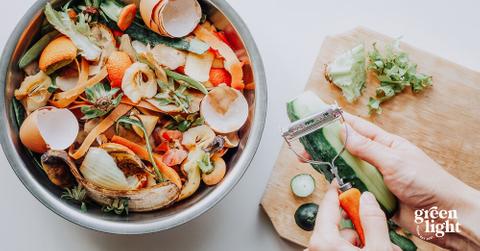
If you’re curious about the zero-waste lifestyle, you’ve come to the right place. Green Matters is filled with tips to help you start going zero waste in every area of your life, so you can do something every day to show your love for planet Earth.
And don’t worry, going zero waste is much easier than it sounds — it’s a process that can bring you so much joy, do so much good for the planet, and, contrary to popular belief, is not about being perfect. So keep reading to learn more about the zero-waste lifestyle, and for our beginner’s guide to transitioning to a zero-waste or low-impact lifestyle.
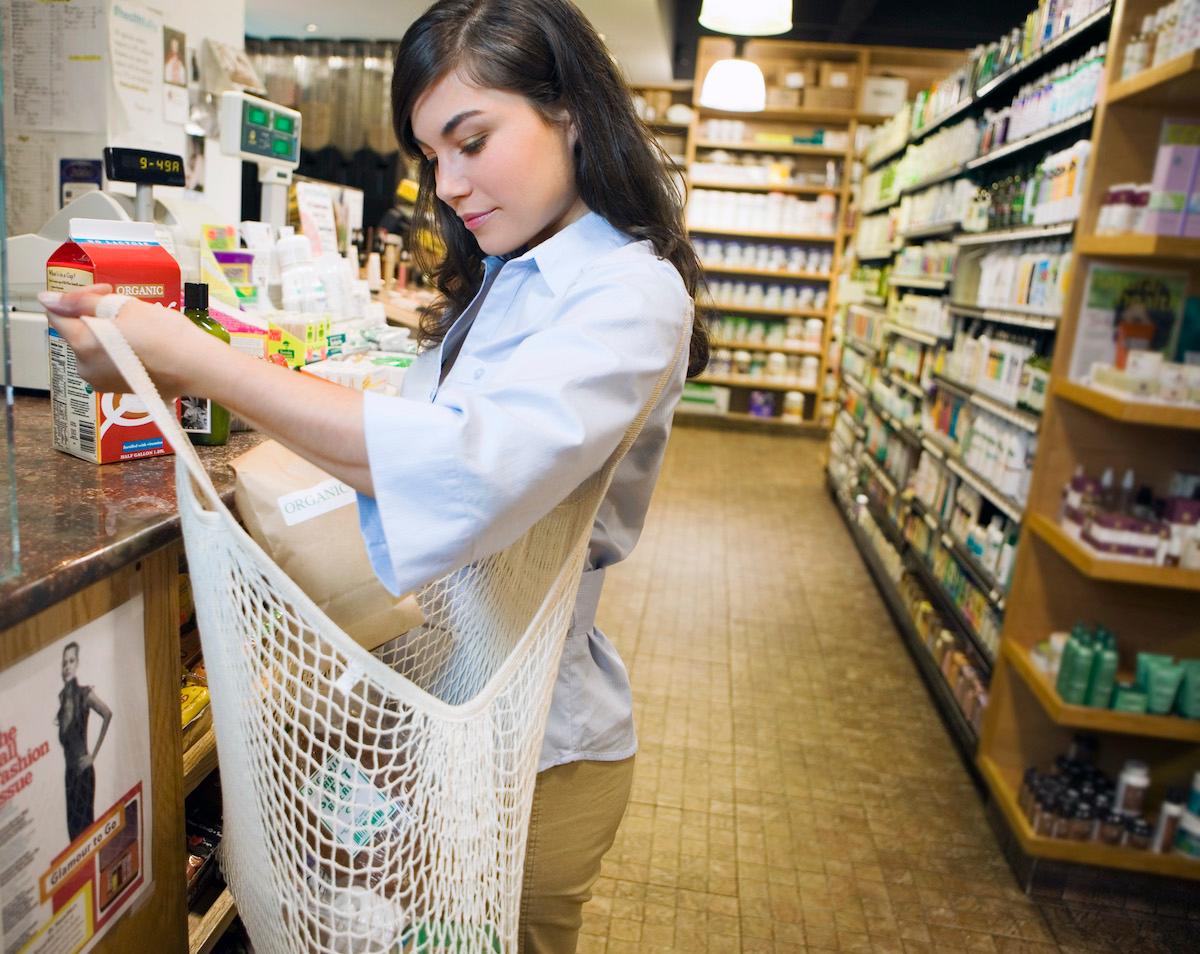
What is zero waste?
Those living a zero-waste lifestyle try to reduce their trash output and consumption of single-use plastic in every area of their life, instead choosing reusable, sustainably-made, and eco-friendly alternatives. The lifestyle is not about perfection — it’s just about significantly reducing your trash and overall environmental impact.
In addition to tackling physical waste, many zero-wasters also opt to primarily shop for clothes and other goods from secondhand shops; support sustainable, fair-trade brands; eat plant-based diets, and take low-emission modes of transportation. The movement to holistically focus on all aspects of one’s environmental impact (rather than just trash and plastic) has inspired many to refer to themselves as low impact instead of zero waste.
How to start going zero waste:
Here are our top seven tips to begin your zero-waste journey. And remember, there's no pressure — start with what seems doable and enjoyable, and work your way up.
1. Look through your trash.
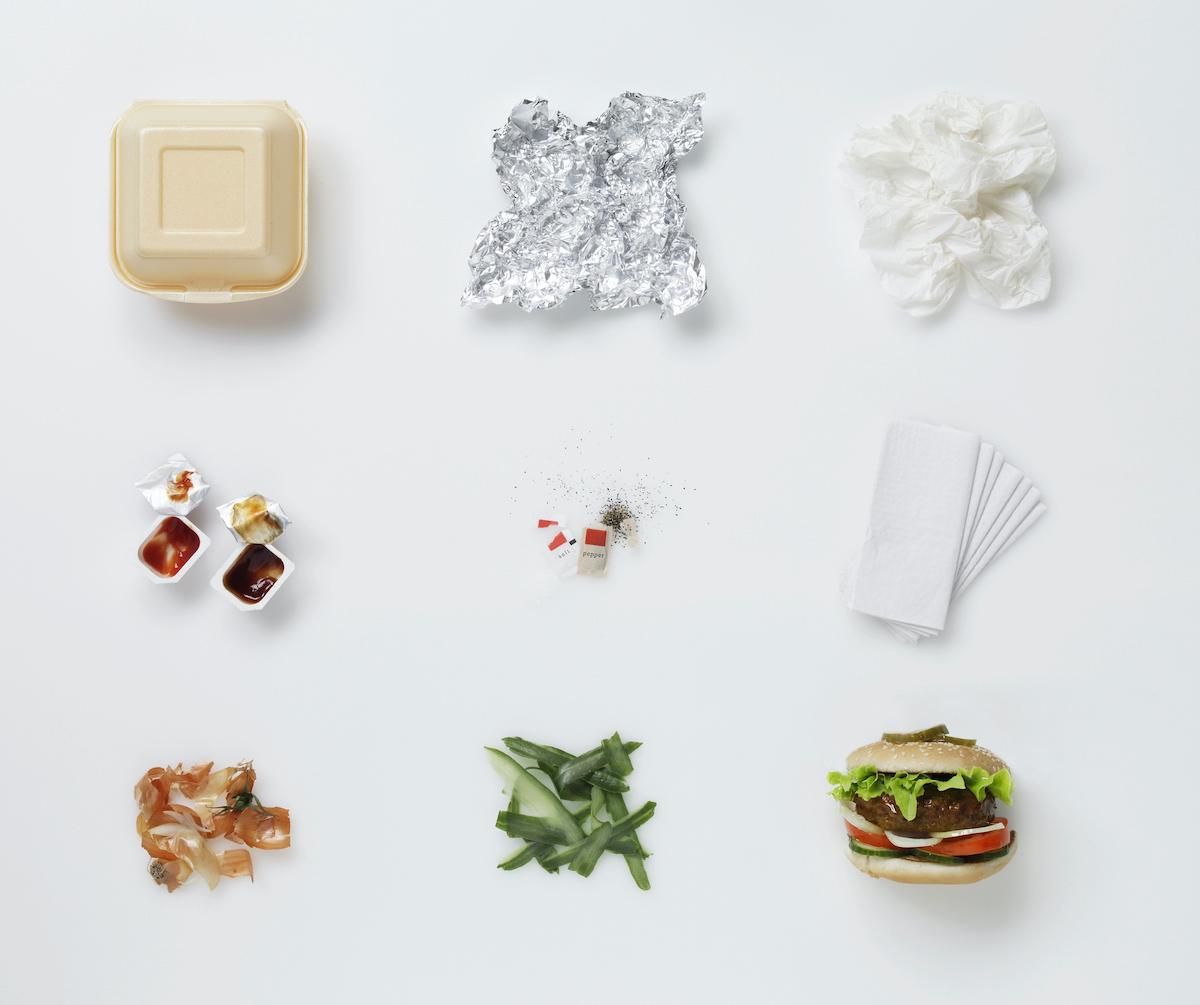
Ask any zero waster what the first step should be on your zero-waste journey, and they’ll probably tell you to conduct a trash audit. Simply look through your trash can and recycling bins, and note what you are throwing away the most frequently. This will help you learn what areas of waste you should tackle first.
2. Start composting.
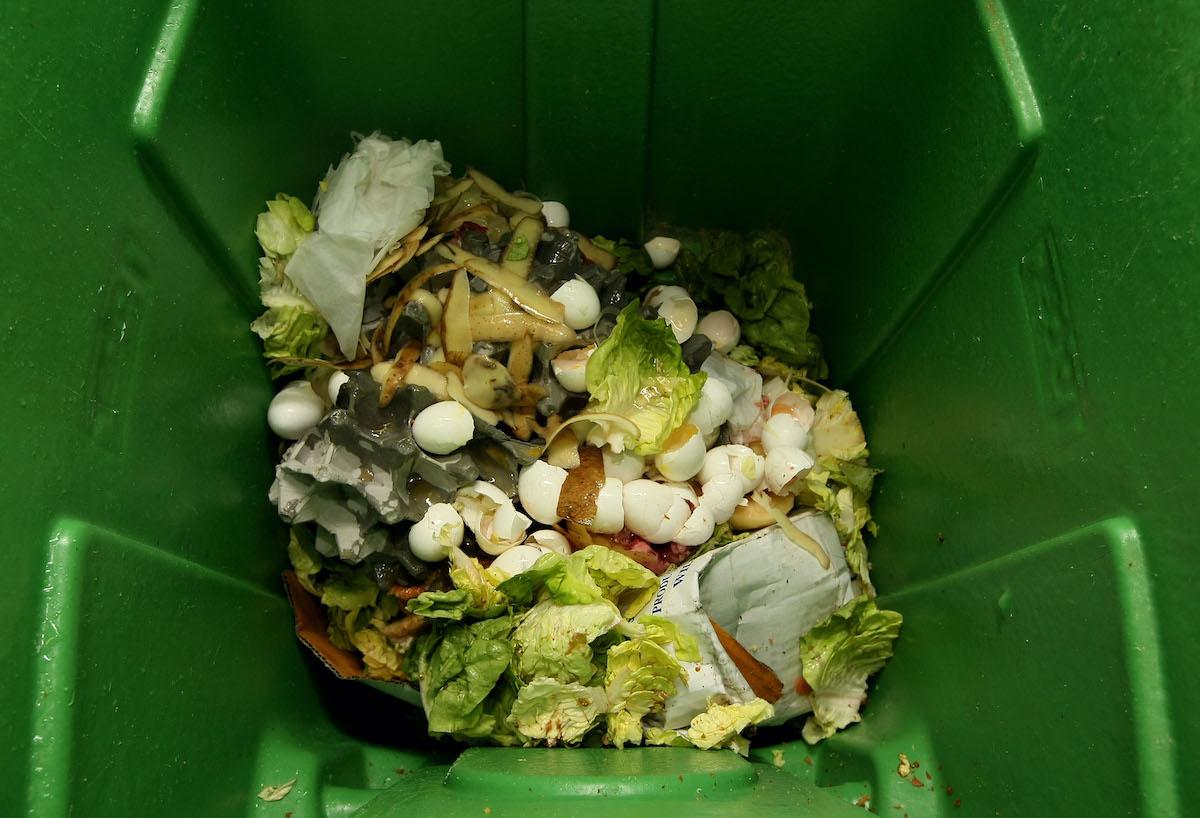
During your trash audit, you may notice a lot of food scraps in your garbage can — the easiest way to remedy this is to start composting! Check out our guides to setting up an indoor compost bin or setting up a backyard compost bin.
You can also check your municipality’s website to see if they offer any composting services, whether that means a service can pick it up from your home, or taking your compost to a drop-off point. To avoid your indoor compost smelling, consider keeping it in a container in the freezer.
3. Grocery shop intelligently.
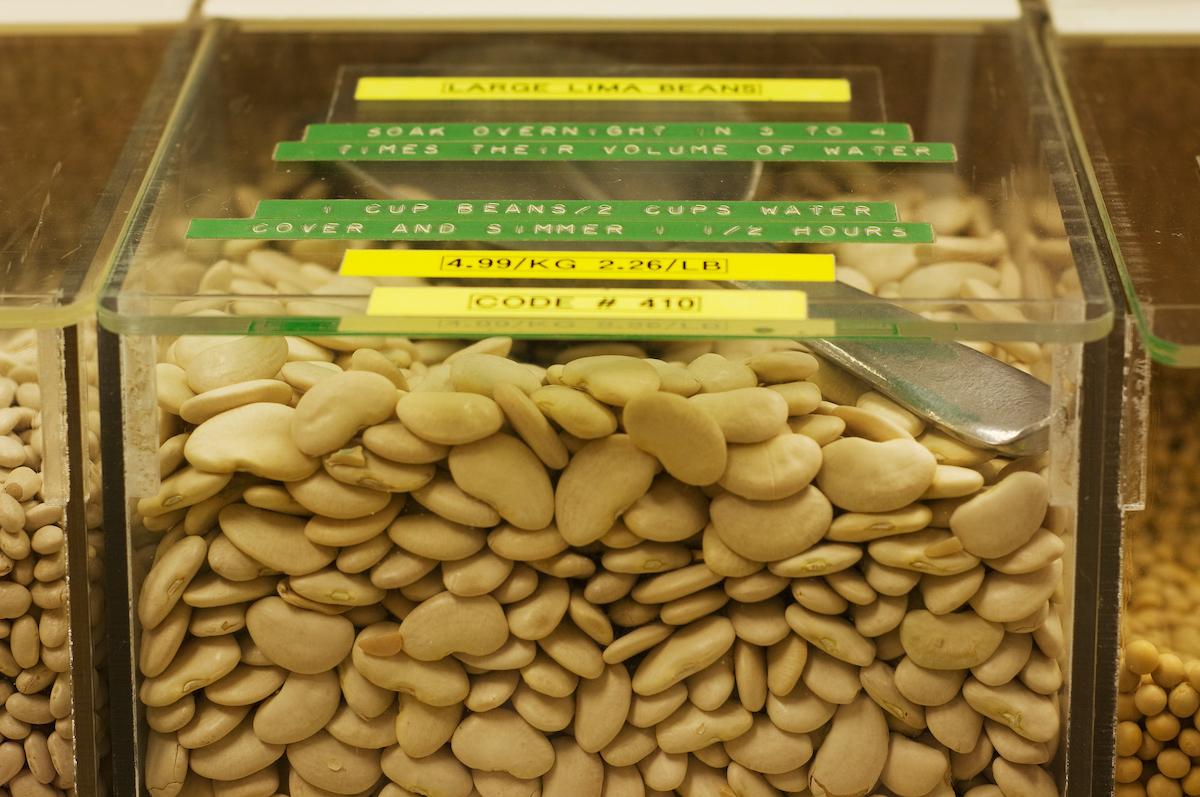
When looking through your trash, you’ll probably notice a lot of food packaging. There are a few ways to remedy this. Instead of buying packaged items like rice, nuts, and oats, shop for these items from bulk bins, if you have a local grocery store that offers bulk shopping. Make sure to bring your own bags for any loose bulk purchases — here’s our guide to shopping in the grocery store’s bulk section.
We also have a guide for zero-waste grocery shopping for items that are not available in bulk, or for if your store doesn’t have a bulk section. Basically, focus on “naked” items like produce (which you can stash in reusable produce bags rather than plastic ones), as well as products packaged in paper, glass, or aluminum as opposed to plastic.
Grocery shopping is also a great area to focus on shopping locally, since the reduced shipping distance will come with a lower environmental impact — consider perusing your local farmers market, where most of the food is grown locally.
4. When products run out, buy sustainable replacements.
When it comes to items you buy less frequently, such as cosmetics, personal hygiene products, and cleaning products, we recommend using up what you have, and once they are nearly empty, buying zero-waste, sustainable replacements. For example, when you run out of paper towels (most of which are compostable, BTW!), switch to reusable hand towels and rags, and when you run out of makeup remover wipes, switch to a reusable facial rounds.
Green Matters is filled with endless guides to the best zero-waste items in various categories, including running a zero-waste home, zero-waste oral care, zero-waste hair care, zero-waste first aid, and zero-waste home cleaning.
5. Always be prepared.
When it comes to producing zero waste on the go, always being prepared is key. Consider putting together a DIY zero-waste kit that you can keep in your backpack or car when you are out for the day — we recommend always keeping a reusable tote bag, water bottle, cloth napkin, cutlery, and food container on hand, as well as a reusable cup and straw if you’re a coffee drinker. That way, you’ll easily be able to prevent yourself from accumulating disposable products throughout the day.
6. Eat more whole plant foods.
The zero-waste movement tends to focus on the trash we see — but most items we use have produced a lot of invisible waste, pollution, and emissions before they arrive in our hands. A great example of this is animal products like meat, dairy, and eggs.
The process of breeding, raising, and slaughtering cows, chickens, fish, and pigs uses far more water, land, and plants (animal feed) and produces much more emissions than plant-based foods. A landmark 2018 University of Oxford study actually found that ditching meat and dairy is actually the most impactful thing people can do to reduce their environmental impact — so it’s no surprise that so many zero-wasters also follow plant-based diets.
Plus, whole plant foods (such as fruits, vegetables, nuts, and whole grains) are usually some of the easiest foods to score package-free at the grocery store.
7. Get into thrifting.
Another industry with a lot of invisible waste is fashion — raising animals for fabrics like leather, silk, and wool is responsible for immense waste; growing cotton has a higher footprint than many people realize; and synthetic fabrics like polyester are made from fossil fuels. Plus, wasted fabric, unsustainable dyes, and inhumane working conditions are also rampant issues in the fashion industry.
To combat the wasteful nature of fast fashion, many zero wasters get into thrifting — by shopping for clothing secondhand, you are reducing the demand for new clothes to be made, and you’re rescuing clothes from the waste stream that would have otherwise been discarded. This applies to areas other than clothing, too. You can buy almost anything secondhand, from electronics to home goods to baby items.
There’s no right or wrong way to go zero waste — everyone’s journey is different. And remember, every action makes a difference, so don’t focus on being perfectly zero waste — producing a little trash is inevitable, and you don’t need a trash jar to be zero waste.